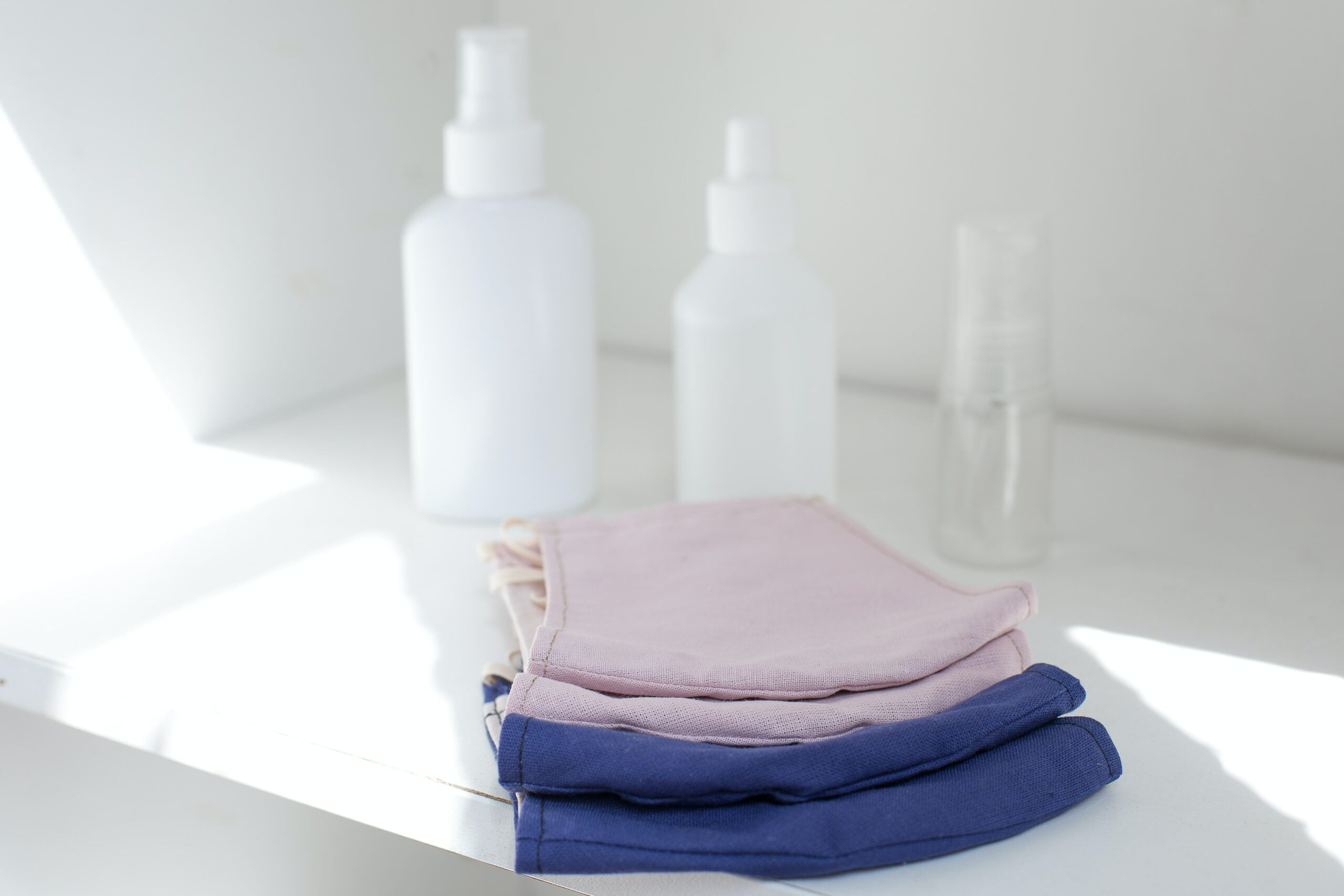
Singapore has seen strict enforcement of mask wearing from the very beginning of the COVID-19 pandemic. This has been an effective weapon against the spread of this disease, but it’s also given rise to the dreaded ‘mask acne’ – a term loosely coined to describe the facial breakouts linked to wearing a mask. These skin changes can affect your self-confidence and if not treated, scarring can be hard to treat. Here’s how to clear up this annoying condition.
What does mask acne look like?
You may find red painful zits along your jaw, chin and the areas covered by the mask. This can occur even if you have escaped the usual teenage acne! The skin could appear red or peeling in places. Dry cracked lips and chafing behind the ears are other troublesome complaints.
Why does this happen?
A combination of chafing, friction and humidity provides a great breeding ground for bacteria to thrive. The re-use of masks isn’t a good idea; even if they look clean after the first use, they may be contaminated by bacteria. Dermatologists compare re-using masks with re-using underwear! Wash them in soap and water daily.
What mask should I wear?
Some rashes can be caused by chafing due to loose masks. Choose a well-fitting mask, made of a two-layered, soft, breathable cotton material. Disposable masks changed every day also work well. Nylon and other synthetic masks are best avoided as they allow sweat and bacteria, to thrive.
Should I wash my skin more often?
Use a gentle oil-free cleanser before wearing your mask and after taking it off. This is especially important after exercise. Avoid facial scrubs that can strip the skin of its protective barrier.
Apply a gentle moisturiser to protect the skin and treat minor irritation. A moisturiser containing ceramide, hyaluronic acid or dimethicone is recommended – the latter has a good barrier function. You may want to choose a gel if you have oily skin prone to acne, a lotion for combination skin, or a cream for dry skin. If wearing an N95 mask, it is advisable to use a moisturiser 30 minutes earlier for it to be effective.
What about wearing make-up?
Our usual sunscreen or daily make up routine, which worked well for years, can suddenly become a problem with mask wearing. Skip the creamy foundation or concealer and choose a hypoallergenic non-comedogenic preparation which is unlikely to clog pores, or avoid make up altogether. Mineral-based make up has been suggested by some dermatologists.
How can I treat these breakouts?
Continue any skin treatment that you were on before, so that the skin stays in good condition. Minor chafing or irritated areas may be soothed by petroleum jelly, paw paw butter or some coconut oil. Besides skin care steps mentioned above, an over-the-counter salicylic acid or benzoyl peroxide-based skin preparation may stop bacteria from growing on the skin and can be applied on the spots. However, if these are causing more irritation, it is best to see your family doctor. They may decide to prescribe an antibiotic gel or cream to clear up the bacteria causing the spots. Rarely, a course of oral antibiotics is needed if the creams aren’t working or if there are signs of scarring seen due to a deeper skin infection.
Retinol-based preparations similar to those used for acne may be considered by your doctor. Again, these can be irritating to the skin and not suited for everyone.
Any other points to remember?
Short mask breaks for a few minutes every four hours are advisable to allow the skin to recover. This should be done in isolation and in a safe location. A good diet to provide protein, good fats and other nutrients such as B vitamins and zinc can support skin recovery. Finally, do not forget to stay well hydrated.








